Ford Mustang (1999-2004) Service Manual: Camshaft Roller Follower
Special Tool(s)
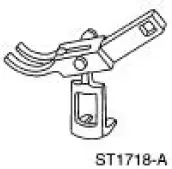 |
Compressor, Valve Spring (Intake) 303-452 (T93P-6565-AR) |
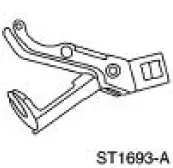 |
Compressor, Valve Spring (Exhaust) 303-567 (T97P-6565-AH) |
Removal
1. Remove the valve cover. For additional information, refer to Valve Cover LH or Valve Cover RH in this section.
2. Position the piston of the cylinder being serviced at the bottom of the stroke and the camshaft lobe at base circle.
3. Using the special tool compress the intake valve spring.
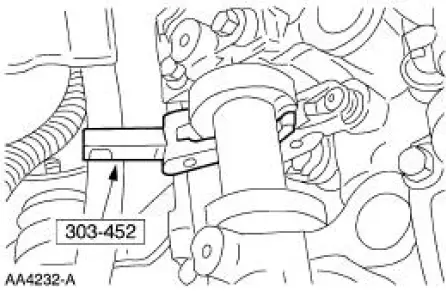
4. Remove the roller follower from the intake valve.

5. Using the special tool compress the exhaust valve spring.
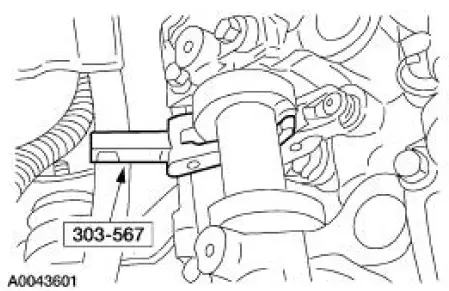
6. Remove the camshaft roller follower from the exhaust valve.
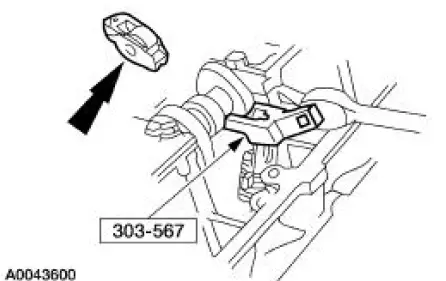
7. Repeat Steps 2, 3 and 4 to remove all the necessary roller followers. Inspect roller finger followers and camshafts. For additional information, refer to Section.
Installation
1. To install, reverse the removal procedure.
 Hydraulic Lash Adjuster
Hydraulic Lash Adjuster
Removal and Installation
1. Remove the roller followers. For additional information, refer to Camshaft
Roller Follower in this
section.
2. Remove the eight hydraulic lash adjusters.
3. Inspect the ...
 Camshaft
Camshaft
Removal and Installation
1. Remove the timing chains. For additional information, refer to Timing
Drive Components in this
section.
2. Remove the roller followers. For additional information, refer ...
Other materials:
Supercharger Cooling
General Specifications
a - Use the same type coolant that was drained from the cooling system.
Do not mix coolant types.
b - The addition of Motorcraft Cooling System Stop Leak Pellets, VC-6,
darkens Motorcraft Premium
Gold Engine Coolant from yell ...
Intake Manifold Runner Control (IMRC) Actuator - 3.8L
Removal and Installation
1. Disconnect the battery ground cable. For additional information,
refer to Section.
2. Drain the cooling system. For additional information, refer to
Section.
3. Remove the upper intake manifold. For additional informat ...
Crankshaft - Connecting Rod Journal Taper, Out of Round
1. Measure the crankshaft connecting rod journal diameters in two
directions perpendicular to one
another at each end of the connecting rod journal. The difference in the
measurements from
one end to the other is the taper. Verify measurement is within t ...
